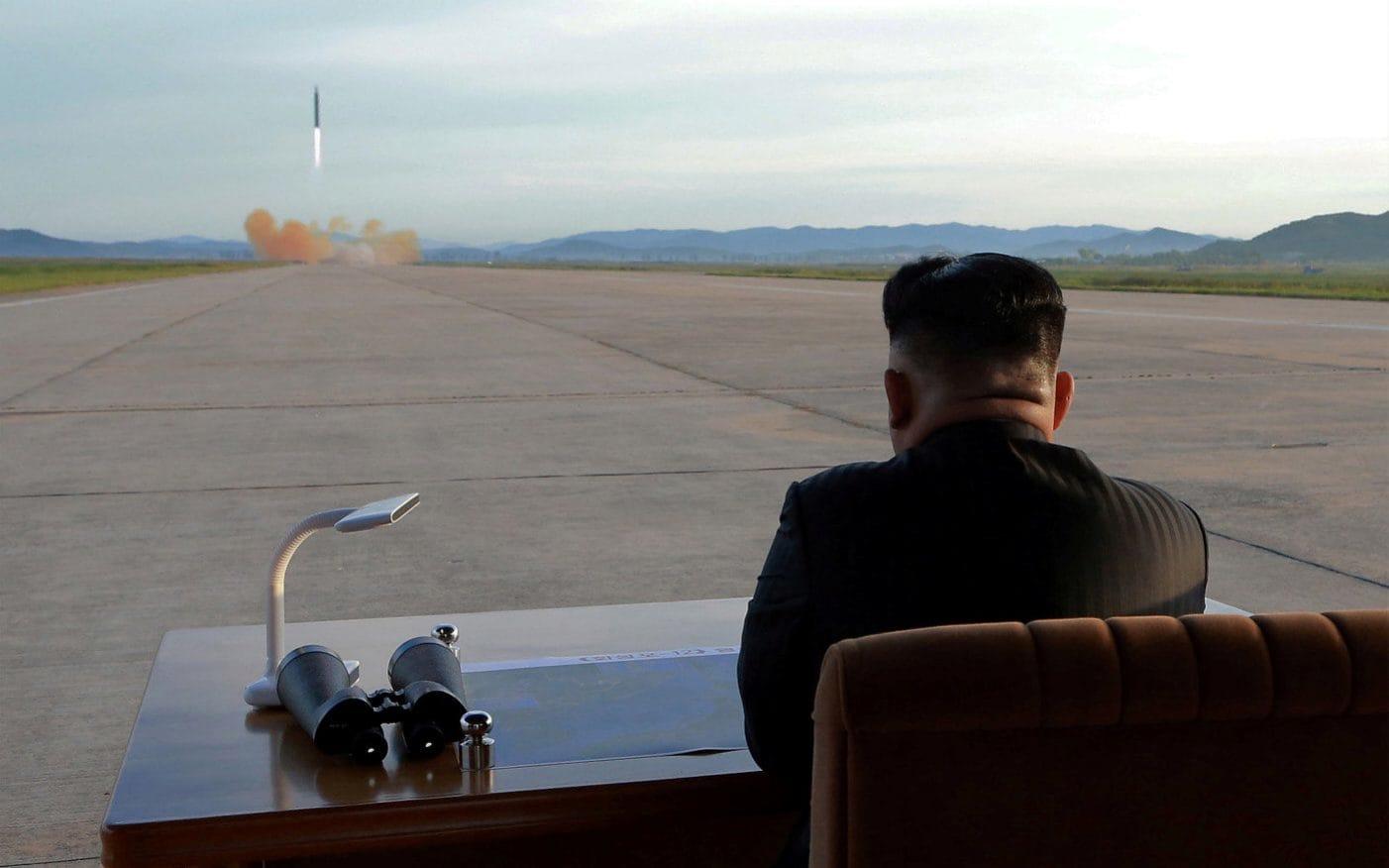
Now that the DPRK has developed long-range missiles and what appears to be a hydrogen bomb, what next? Does Kim Jung-un plan to incinerate a US city in the near future? Until now, nuclear powers have avoided war due to deterrence; it sometimes seems that a two-sided nuclear standoff, as in India–Pakistan, considerably reduces the risk of even conventional war. Is that likely to be the case in Korea?
Kim and his forebears have been willing to sacrifice heavily to obtain bombs and missiles in the face of international pressure. The same DPRK rulers have also compelled their population to sacrifice heavily to buy a powerful conventional war machine. The Soviet experience strongly suggests that sacrifice on this scale is unsustainable, although that may not be obvious to the DPRK leadership. Their plans may well include some means of recouping the cost of the build-up. In 1950, Kim’s grandfather, Kim Sung-il, appears to have seen in the conquest of South Korea the solution to the serious economic problems he had created in the DPRK. It’s likely, moreover, that he and his successors believe that the only reason the 1950 invasion failed was US intervention.
It seems to follow that the North Koreans see their nuclear weapons as cover for a projected attack on South Korea. One may doubt that Kim appreciates just how dangerous his presumed deterrence may be. During the Cold War, both the United States and the Soviet Union came to realise that nuclear deterrence had very limited impact beyond precluding the free use of nuclear weapons by either side. Kim hasn’t had long enough to reflect on this experience. We can’t tell whether his bluster indicates overconfidence. Kim’s view may be that the US nuclear counter-deterrent, which threatens the North Korean population, is irrelevant given his limited interest in its welfare.
At the very least, the North Korean capability must leave US allies in the region, particularly Japan and South Korea, uncertain of the umbrella that has been protecting them. Both may very well decide that they need their own nuclear deterrents, and both are well equipped to create them rapidly.
Either possibility is disastrous from a Chinese point of view. The prospect of Japanese nuclear armament is credible: Prime Minister Abe’s recent electoral triumph was partly driven by the perceived North Korean threat. The Chinese are also aware that, as a Korean nationalist, Kim may well press historic Korean claims to Chinese territory in Manchuria. He may require Chinese help to keep his economy afloat, but the Chinese lack any form of defence against Kim’s nuclear missiles.
Analyses of possible Chinese action typically show two possible outcomes, neither of which is attractive to the Chinese government. Either North Korea implodes, leaving South Koreans (and presumably American troops) on the border; or North Korea survives as an unstable nuclear regime. It seems likely that the Chinese see a third, much more attractive, option: to destroy Kim, replacing him with a pro-Chinese regime that stabilises North Korea and is willing to coexist with South Korea. Kim’s destruction of close advisers with ties to China suggests that he already suspects that the Chinese are trying to eliminate him. A recent press report that Chinese troops are massed at the border (nominally to assure stability in the event the regime implodes) is also suggestive. It seems entirely possible that Chinese President Xi told President Trump that he was trying to destroy Kim. It’s even possible that the stress applied to Kim’s regime by current US actions is likely to make it easier for the Chinese to find and attack Kim.
For the US and its allies, an obvious option is greatly increased investment in anti-missile weapons, which devalue Kim’s nuclear investment—though by how much it’s impossible to say. For example, the destruction of a long-range DPRK test missile in flight would much undermine Kim and it would devalue his deterrent. It also seems wise to continue to demonstrate that Kim’s nuclear deterrent doesn’t protect him against non-nuclear attack, for example by precision weapons. Kim and his predecessors spent heavily on tunnelling to protect various key assets, but he has no way of knowing how vulnerable they remain. Moreover, Kim’s resources are finite. The efforts he has made to develop expensive missiles and an expensive bomb limit what he can have spent on conventional air defence or, for that matter, missile defence. Demonstrating how thinly his resources have been spread may restrain Kim to some extent.
These remarks, based on those delivered at Russell Offices in Canberra on 11 October 2017 while a guest of the Sea Power Centre – Australia, are the author’s own, and should not necessarily be attributed to the US Government, the US Navy, or any other organisation with which he has been associated.